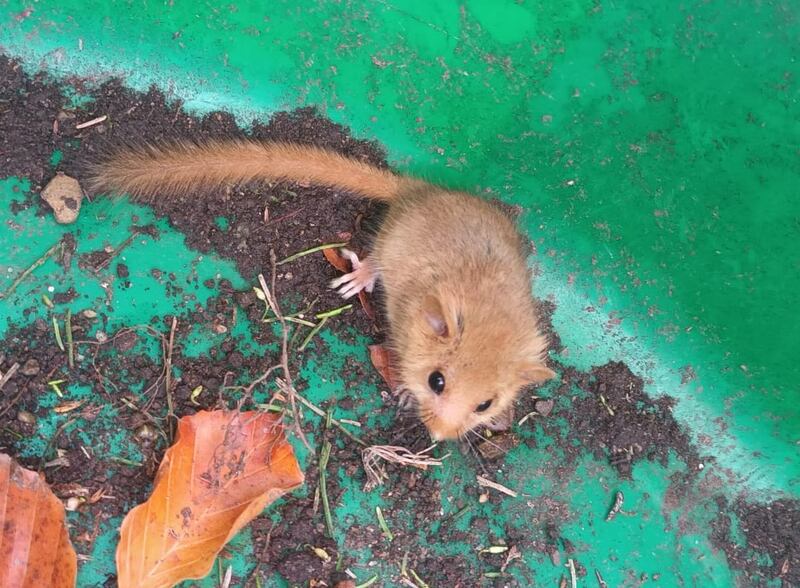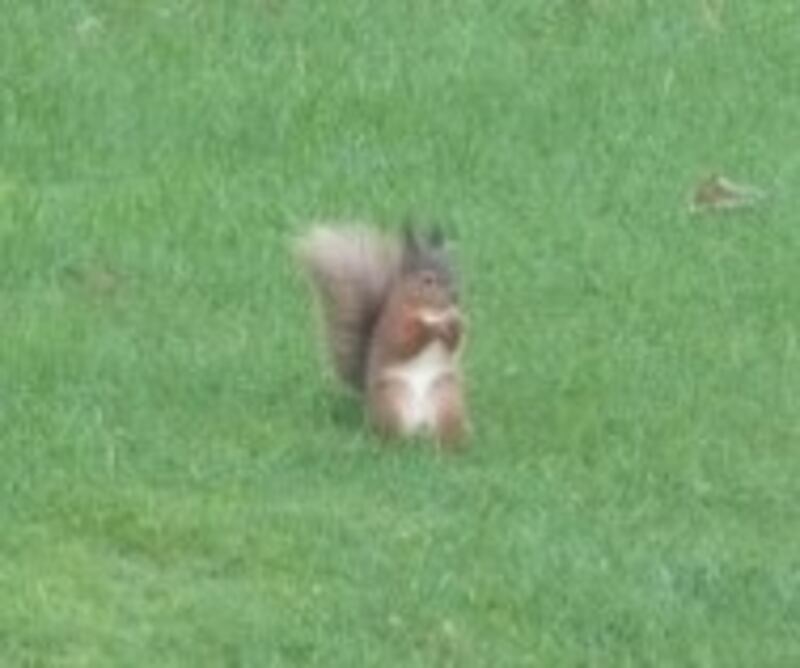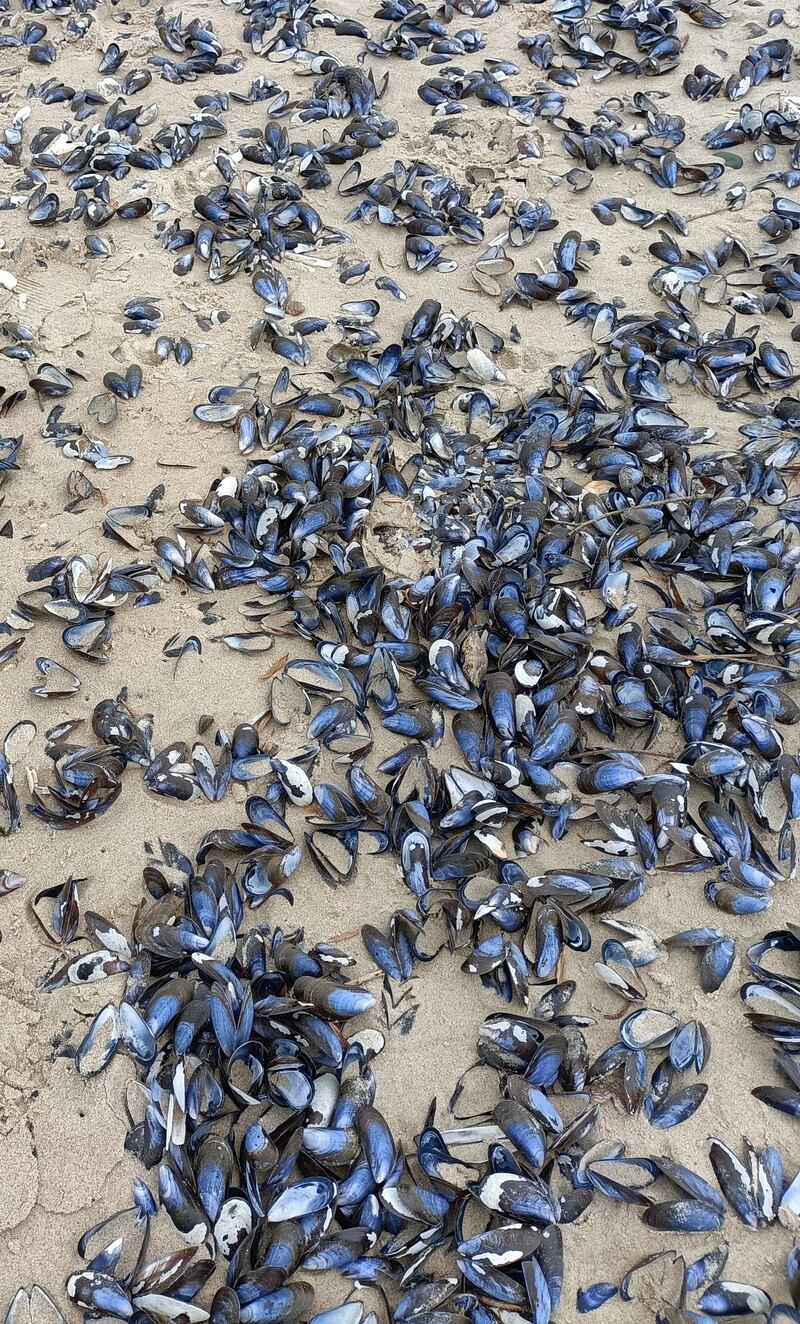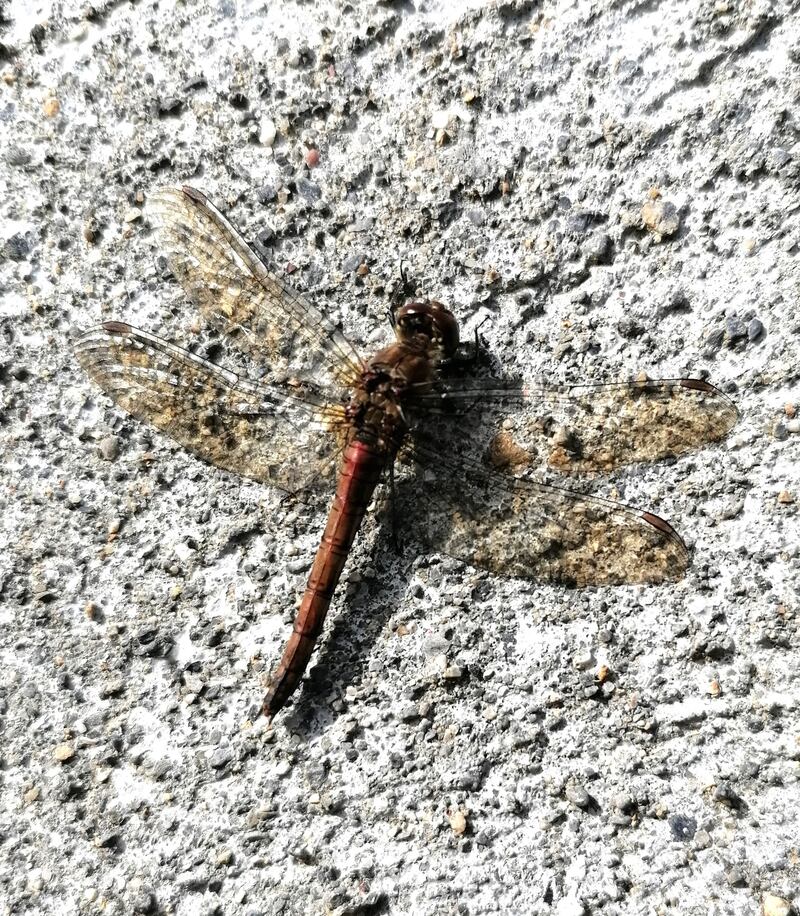Could you identify this fly or winged ant please? There were swarms of them on grassland under the trees last month, they were there for weeks.
Mary Breen, Co Meath
This is Sepsis Fulgens – the lesser dung fly. While they look like ants, they have only two wings and are flies. They often occur in vast swarms running around over vegetation. They indulge in wing-waving displays on the flowers of umbels such as hogweed and around cowpats. They feed on nectar, but they lay their eggs on cow dung after mating there with the waiting males.

My son, Jack, spotted this bird that we couldn’t quite place. Its tail feathers were quite long and its chest a brilliant yellow. There is the same yellow through its tail feathers too. What bird is it?
READ MORE
Jolie Niland, Dublin 6W
This is a Grey Wagtail, a robin-sized bird that lives beside shallow fast-flowing rivers and streams. It feeds on insects, which it catches by flying out from a riverside perch to grab in mid-air. It would seem at first glance that whoever named it was colour blind, but the English name Yellow Wagtail refers to a completely yellow bird that is only rarely seen here on migration. The black and white (and grey) Willie Wagtail is officially the Pied Wagtail, so this quite yellow one has to put up with being called the Grey Wagtail.

Here is a picture of a mouse that I saw near Russborough south of Blessington and also at a house in Ballymore Eustace Co. Kildare during the last week of October. It had a very long tail and could jump high too.
K. Hartigan, Co Kildare
This is a Hazel Dormouse, which was first recorded in Co. Kildare in 2010. These are both new records for this species and the Russborough one is a first for Co Wicklow. It enters a deep hibernation from October to May according to the textbooks, but your specimens obviously had other plans. They need decent fat reserves to survive this long hibernation period, so they were fattening up on nuts while the going was still good.

We have a red squirrel in the garden nearly every day recently. What’s particularly lovely about this, is they are feeding on hazel trees that I planted about 15 years ago. We then saw a pine marten up one of our apple trees and wondered do they eat apples and should we leave some for them.
Fintan McPhillips, Clones, Co Monaghan
Plant it and they will come. Biodiversity does truly begin with trees. Pine martens of course are the deadly enemies of squirrels, but it is mainly the heavier ground-feeding American Grey squirrels that they manage to catch. The lighter native red can escape out to the far ends of very light branches where the pine marten cannot follow. Pine martens are omnivores and can digest fruit, so leave them some apples to assuage their hunger.

Last September I saw thousands of empty mussel shells, on Ballyconnigar beach, Wexford. What was going on?
Terry Lonergan, Co Dublin
Mussels often live together in huge beds in areas where there is plenty of water movement with plankton for them to filter out, using their gills. They attach themselves to rocks using strong hair-like byssus threads, but a local storm must have detached a whole colony, which were eaten by gulls and other predators when they washed up dead.

Many dragonflies are attracted to my pond. This 4-Spotted Chaser allowed me to get close.
Paul Dunne, Co Galway
It is a Common Darter with 1 spot per wing. The 4-spotted chaser has 2 spots on each of the four wings.
Please submit your nature query, observation, or photo with a location, via irishtimes.com/eyeonnature













